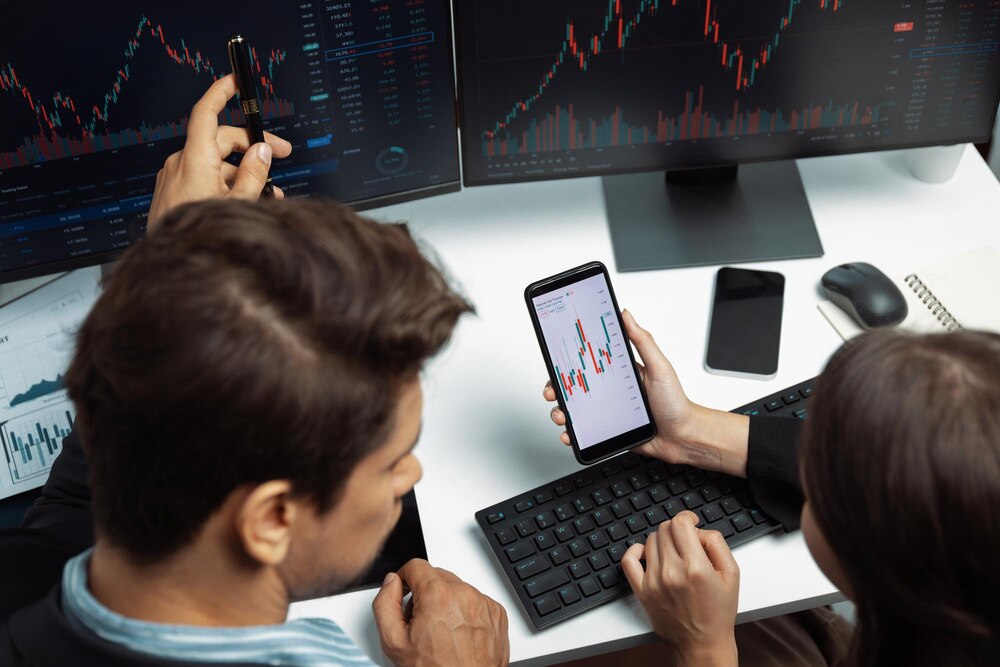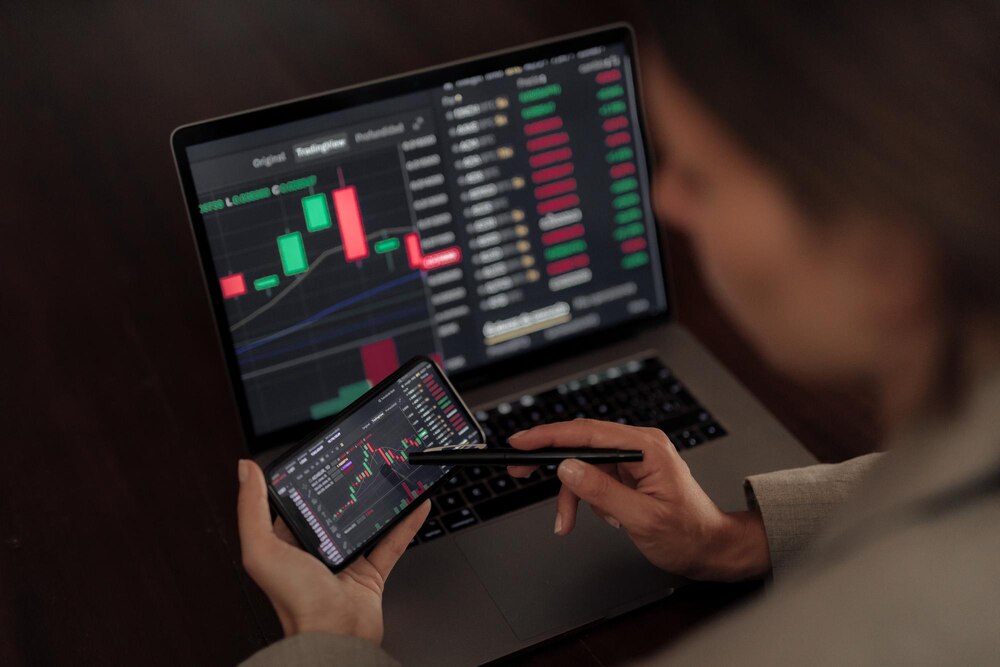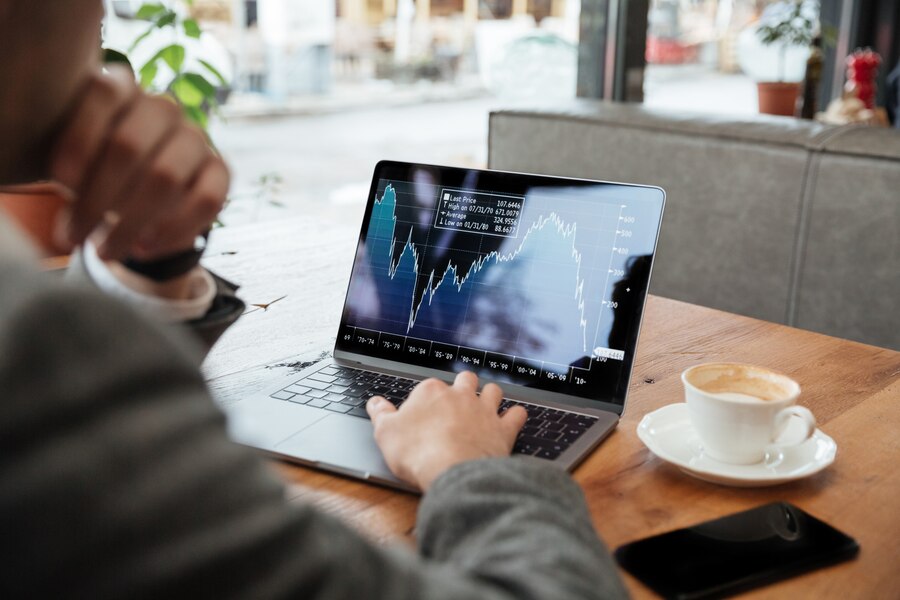Trading Futures Explained: How to Trade Futures for Beginners in 2025
Futures trading is the process of selling or purchasing a conventional deal that commits you to either purchase or sell an asset in future, at a fixed price. Opposed to the stock where you actually own part of the company, trading in futures is an agreement on the price fluctuation of an underlying asset, such as oil, gold, farm products, etc.
Futures trading may be practiced to hedge risk or to take a position on the price move and needs good knowledge of markets, leverage and strategy.
Why Trading Futures Is Popular in 2025
The world economy is still plagued by volatility, changes in the supply chain and the digital revolution; trading futures is now more appealing than before in 2025. Futures are also used by traders to ensure protection against inflation and against the market slump.
Main points why futures trading starts picking in 2025:
- Large amounts of liquidity and speed of execution
- The presence of a lot of the markets accessible 24/7
- Reduced capital as a result of leverage
- Wide possibilities of diversification
- The possibility to get access to commodities, indices and currencies and so on
Basing on the acquired knowledge, a starting trader can use these opportunities and develop those trading techniques capable of producing profitable outcomes.

Glossary of Key Terms Every Trader of Futures Need to Know
Just in case you want to trade in futures, the following are some of the basic terms that you must find out about:
- Contract Size: The value of the asset that goes to the futures contract.
- Expiration Date: The date at which the contract should be closed.
- Margin: Money by which one opens, or keeps a position.
- Leverage: Getting a loan to grow the possible amount by investing.
- Settlement: This is when a future is completed.
- Hedging: Hedging is taking a futures position to cover a loss in other investment.
An understanding of these terms will give you a very good ground when you are starting trading in futures.
How to Buy a Futures Contract?
A futures contract obligates the buyer and seller of an asset to buy or sell the asset at a future point of time and at a given price. Here is how it goes:
- Two parties come into agreement to exchange an asset in the future.
- The contract contains such details as quantity, quality and price.
- This contract is listed at a futures exchange, e.g. CME or ICE.
- The contract value will alter in respect to the market prices.
- Traders then have the choice whether to summon the expiry of the contract or relieve the contract earlier to get either profit or loss.
Under this mode of trading, investors can speculate on the prices of assets and against the undesirable flows. The futures trading lends itself to dynamics with both the risk and opportunity.
Popular Futures Markets That You Can Trade
Some of the well-liked markets to trade futures in 2025 include:
- Raw oil, natural gas, gold, Silver, wheat, coffee
- Stock Indices: S&P500, Nasdaq-100, Dow Jones and Russel 2000
- Currencies: euro, Yen, British pound, the U.S. dollar index
- Interest Rates: U.S Treasury bonds, Eurodollar futures
- Cryptocurrencies: Amount of bitcoin futures, amount of Ethereum futures (regulated exchanges)
The selection of the market you would like to conduct trading is crucial to a successful future trading because it is a market that would fit your interests, risk tolerance as well as trading style.

Step by Step: How to Begin Trading Futures
Step 1: Select an effective Futures Broker
Find a brokerage with a simple interface, cheap charges and strong customer service. Ensure that there is regulation and offer learning material to the starters.
Step 2: Activate and Furnish Your Trading Account
Start with filling in an application, confirmation of your identity, and finance the account with the minimum margin requirement. The majority of the brokers provide demo and live accounts.
Step 3: Learn to read futures charts
When trading futures, chart-reading is important. Learn about candlesticks, volume, moving averages and RSI to facilitate sound judgment.
Step 4: Choice of the Market to Trade
Begin with one or two futures markets that you feel most comfortable. Track their historical performance, volatility in addition to news fads.
Step 5: Do Your First Futures Trade
Write the order with your broker on its platform, select the contract, how much you want to buy or sell (long or short) and what quantity. Stop-losses should be put against this position and place.
These rules will assist a new trader to trade in futures gradually.
Futures Trading Basics
Even though futures can be traded in many different ways, the following turnkey strategies are the most promising ones to start with:
- Trend Following: Buy the hot sector or sell the dead sector.
- Breakout Trading: Enter trade when there is a movement of price through support or resistance.
- Swing Trading: position-trade using days to capture medium price moves.
- Scalping: Buy or sell several times a day to gain some money with minimal swing of the price.
- Hedging: To defend other investments they may gain an opposite futures position.
All these plans enable new traders to practise various techniques of trading in futures as they form their own style.
Risk in Futures Trading
Futures trading would not be complete without risk management. Practice the following:
- Stop-Loss Orders: If you do not want to lose so much money.
- Don Not – Over leverage: The riskier it is the more it is leveraged.
- Don’t gamble all of Your Money: Do not invest all your money in one position.
- Trade less contracts initially until you become skilled.
- Monitor your Progress: Learn on every trade either you win or lose.
Effective risk management is something that helps successful traders stand out among burning-out novices.

Some of the Errors to Be Avoided in Futures Trading
- Disregarding the news and events in the market
- Planless overtrading
- Wrong interpretation of margin requirement
- Failure of monitoring profit and loss
- The decision must be made based on emotions
After the avoidance of such errors, you will have higher chances of being successful in the long-run in futures trading.
Advantages and Disadvantages of Futures Trading of 2025
- Pros Cons
- Very liquid High risk and volatile
- Access to the market around the clock Manages this feature actively
- Leverage has the power to increase profits Leverage can also increase losses
- Wide publicity High education slope
- Being aware of the downs and the ups of trading futures will make you approach it in a realistic and strategic sense.

FAQS on Trading Futures
-
Is futures trading good for people who are new?
It needs training and practice, yes. At least use a demo account first before investing the hard-earned money.
-
What sort of money is necessary in order to engage in future trading?
There are brokers that can be financed as low as 500-1,000 dollars, but it is worth the $5,000 + to give you a wider margin when dealing with trading and also give you flexibility.
-
Is there a chance I can actually lose more than I invest?
Yes. Trading futures, you might lose more than what you originally put in it, due to leverage.
-
What is the difference between futures, and options?
Futures compel either the buyer/seller to make the transaction at a specified date. The rights of options give the right, but not obligation, to do so.
-
Is a license or certification required in order to trade futures?
There is no special license required to self-trade but it is required in a broker and advisor.
-
Which is the most traded futures contract?
E-mini S&P 500 Futures contract is traded and the most liquid in the globe.
7. How to explore more about Trading Futures?
To get daily update on Trading Futures please visit Moneymexa.com regularly.
Consequences: Is Trading Futures a Good Fit for You?
The future of trading is amazing, and it gives traders untold possibilities of gaining profits through trading of futures, diversification, and portfolio protection, but there is a recess of risk involved. It is really necessary to learn as a novice, practice in a simulator, and develop a strategy step-by-step to suit your objectives.
This handbook will equip you with the basic tools that you need to have a grip of the futures market and venture into your first step. Regardless of whether you are interested in hedging, speculation or diversification, trading futures may become a very effective component of your financial arsenal—when applied properly.
When you are willing to open the doors of high-potential opportunities in a fast-moving market, the world of trading futures is waiting to offer the same to you.
To keep in touch with us for Daily updates on Trading Futures :
Also follow our social medias to be up to dated about Trading Futures : https://facebook.com/money.mexa
To get daily update on Trading Futures please visit Moneymexa.com regularly.

